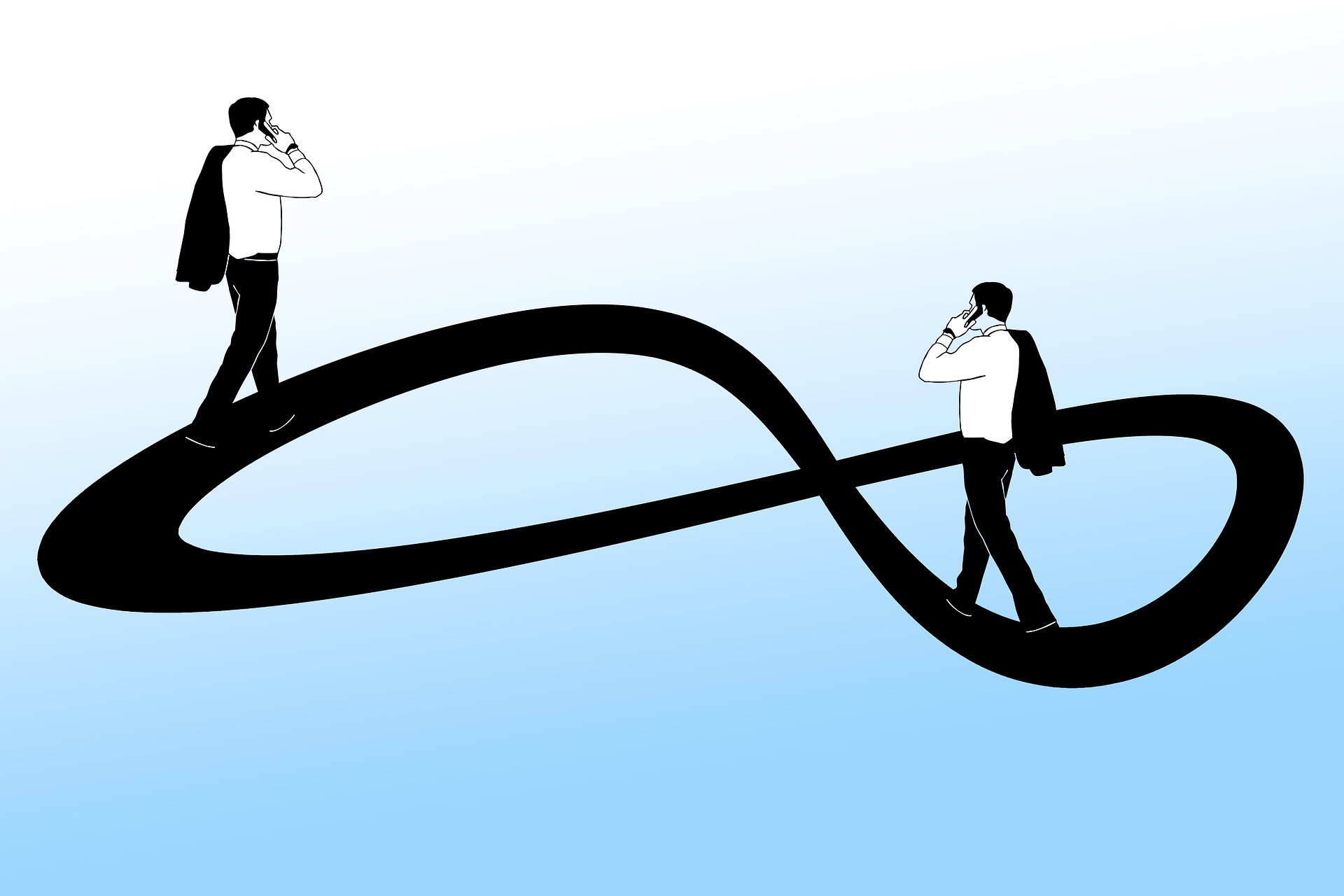
What is an Innovation Bank? At first blush, an Innovation Bank sounds like a place where innovators can make money for developing their ideas. Sort of like venture capital. But if we drill down a little further and look at how a traditional bank actually functions, we find a far more interesting opportunity.
People go to a bank and borrow money to, say, buy a house. Most people think that the bank is sitting on a bunch of cash in some savings account waiting to buy your house for you until you can pay them back. This is not entirely true.
Money is measured into existence.
When you sign the loan papers, you are committing your future productivity as collateral for the loan. From the simple act of signing a document, you create an asset called “my future productivity”. Through the miracle of fractional reserves banking, the bank can then conjure into existence the net present value of your future productivity to settle the note on your house. Money is literally measured into existence where your promise to pay is the underlying asset. The house is the game incentive that motivates you to go to work. Your productivity combined with everyone else’s forms the basis of your national currency.
Most people are shocked when they see how simple this process is. Money must represents human productivity – otherwise nobody would work in exchange for it. Debt is just a fancy name for future productivity, which is productivity nonetheless. The bank is the place where this accounting ledger is secured, not so much the money.
The image in the mirror.
Innovation and debt have a lot in common – for better or worse, they both represent future productivity. If debt can be used to measure money into existence, then innovation can be used to measure money into existence as well. The difference is that the consumption of objects that you make is easier to measure than the innovations required to create them. In a way, venture capital is an aberration – the thing that should not need to exist if we could measure innovation in any other way. The Innovation Bank was developed to solve the innovation paradox.
The Innovation Paradox
The invention of the wheel, wedge, and pulley came long before the invention of international trade agreements. Technological change must always precede economic growth, yet innovators still need money (economic growth) before they can afford to create technological change. This is the innovation paradox. We are living in the mirror image of the economy that was supposed to happen — and we think this is reality. The financial system has gotten it backwards. Corporations and VC can select and prioritize what gets engineered and what does not, but there is little regard for the wholistic nature of innovation – to preserve scarce resources rather than consume them. As a result, the true potential for value creation by the innovators of the world goes fallow.
The Innovation Bank resolves the innovation paradox by issuing a digital token on a native blockchain that represents the intrinsic future productivity of engineers and scientists. Not unlike a traditional bank, the Innovation Bank also employs a ledger, a value game, and actuarial math. Also like a traditional bank, a claim and the validation process represent the act of committing an asset that represents future productivity. The interconnections of these assets provides important data driven business intelligence to a market. The market responds by placing a value on the token to incentivizes production of more innovation.
Taken together, The Innovation Bank prints money in the exact same way using the same systems, methods, and institutions as traditional banking. The difference is that The Innovation Bank increases human productivity whereas a traditional bank consumes it.
Additional Information
Thank you for your time reading this article. please continue reading articles from this blog. Our juried paper published by the American Society of Professional Engineers called: The Innovation Bank; Blockchain Technology and the Decentralization of the Engineering Professions. Also, please see our other publications at: Select Publications and Lectures .
Please contact us if you have any questions or ideas. Again, thank you.
